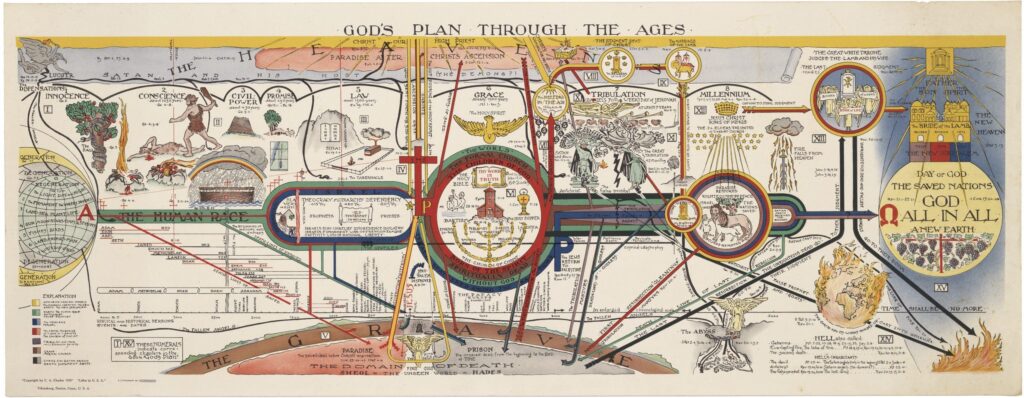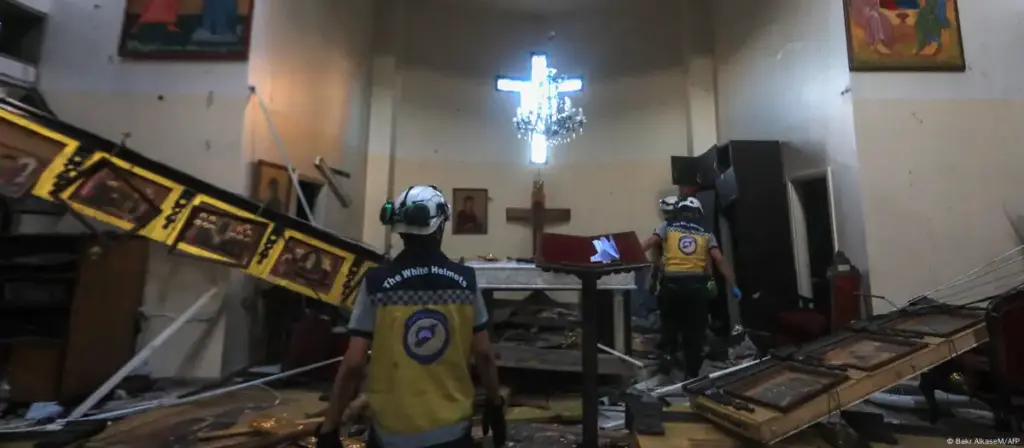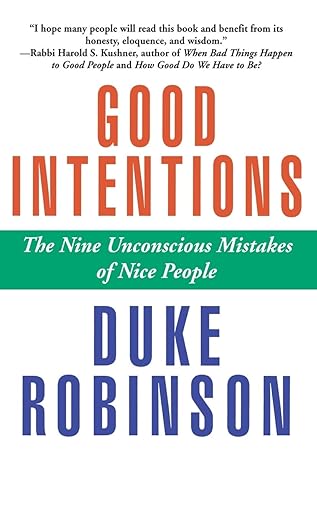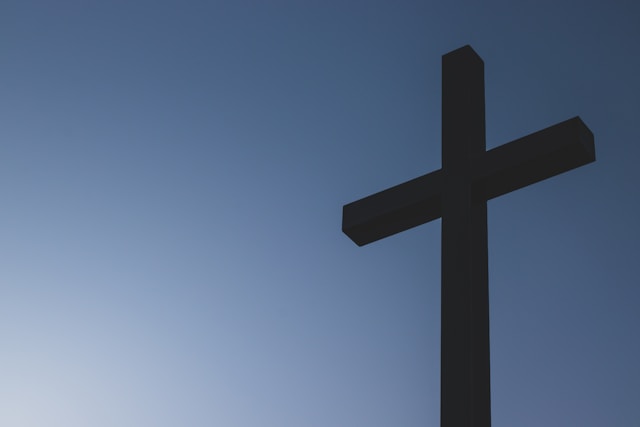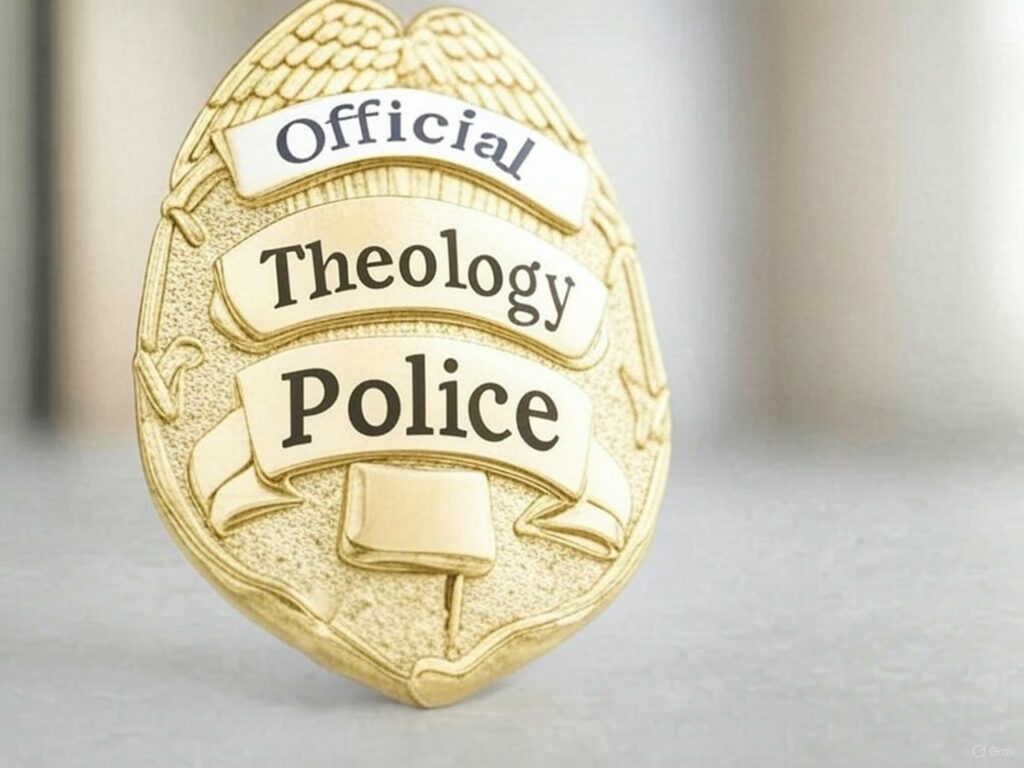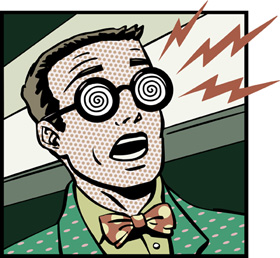
Have you noticed there is something about reading the Bible in a new translation that allows you to see the Scriptures with new eyes? I’ve read and memorized from the NASB since I was 20. Sometimes over-familiarity with the words on the page works against gaining fresh insight.
Just the other day, with an open Bible in my lap, I was with a small group of believers talking about what God had been showing us in the Scriptures recently.
One person in the circle tossed out a good question about Romans 12:1-2. These are some of the most familiar verses in the New Testament. They can usually be found near the top of any list of verses a Christian should memorize. You know them, but here they are anyway:
Therefore I urge you, brethren, by the mercies of God, to present your bodies a living and holy sacrifice, acceptable to God, which is your spiritual service of worship. And do not be conformed to this world, but be transformed by the renewing of your mind, so that you may prove what the will of God is, that which is good and acceptable and perfect.
NASB
The question in our little circle concerned what it means to be a “living” sacrifice (verse one). There was some great discussion around that point, which naturally led us into verse two. The familier concept of transformation through the “renewing of the mind.”

Now here’s the “fresh eyes” part. This is what came flooding into my awareness as I pondered the meaning of these immensly important lines. . .
I grew up in a Christian/Religious tradition that taught me to be SIN conscious. (As opposed to being RIGHTEOUSNESS conscious. And by “righteousness conscious” I mean being deeply aware that through the miracle of the New Birth, I’d received the gift of Jesus’ own righteousness, both imputed and imparted to me. See Rom. 5:17; 2 Cor. 5:21)
No, I was taught to constantly examine myself for sin, (and the enemy of my confidence before God made sure I always found a lot of it.) It’s an exhaustiing, shame-saturated, powerless, joyless way to try to live in God. And if I’m being frank, it is also deeply dishonoring to the enormous price the Father and Son paid to restore you and me back to connection to Father.
As I’ve stated countless times:
God did not send Jesus to us to restore us to good behavior. He sent Him to us to restore us to Himself. Progressively better behavior is simply an unavoidable effect of getting reconnected to Him.
Here’s the thing . . . when you’re sin conscious rather than righteousness conscious you read the whole Bible through that lens. You see condemnation on nearly every page. This is what I call reading the Bible at the “wrong tree.” (I’ll say more on that another time.)
And what hit me the other day was that–even after all these decades of absorbing the truth about the finished work of Jesus into my mind and spirit . . . I was STILL–from time to time–reading those two verses through that cruddy-old sin concious lens.
There’s a reason for that. All of my old “trigger” words are right there.
–> “bodies” (Most of the sin I grew up obsessing about involved my body and its appetites.)
–> “holy” (I grew up equating “holiness” with doing all of the “dos” and abstaining from all the “don’ts.”)
I remember seeing a poster on the wall of a children’s Sunday School classroom that read: “Holiness Is . . .” followed by a long list that included, “Not swearing. Not wearing makeup. Not going to movies. Not . . .” By the way, biblical holiness is simply: “Having been set apart by God for His plans and purposes and surrendering to playing your part in His plans and purposes.
–> “acceptable to God” (When you’re sin conscious, you don’t feel at all “acceptable” to your heavenly Father. Quite the opposite. And when you believe you’re unacceptable, you don’t press into His presence. Quite the opposite. And so you avoid the one thing that will actually change your desires and behaviors from the inside out. Quite the opposite. In other words, believing you may not be “acceptable” to God–in flagrant contradiction to so many of the New Covenant scriptures, including Romans 8:15–is a presecription for a joyless, powerless, unfruitful, Christian existence.
–> “conformed to this world” (I grew up in church with the term “the world” meaning “the sinful, ungodly, obscene, profane pull of the secular culture.” That is certainly a piece of what Paul meant when he used the term “this world” {Greek: houtos aion) in saying “do not be conformed to this world.” But, as you’ll see in a moment, there is much more there.
–> “transformed by the renewing of your mind” (Given all of the above, Sin-Conscious Me saw the word “transformed” in that sentence and assumed that the transformation that mind-renewal brought about was changing me from a guy who sinned a lot to a guy who hardly ever sinned. But here’s the problem, the deeper I got into the Christian life, the more “sins” I discovered. Sure there were all the outward, visible “biggies.” But once I had vanquished most of those, I discovered whole new categories of sins. Sins of the Mind. Sins of the Heart. And the real killer . . . Sins of Omission.

With that last one, it suddenly wasn’t just about the bad things I was avoiding. It was just as much about all the good things that I was failing to do consistently. No matter how much higher I managed to jump, the bar got ever higher and higher.
My sin-conscious interpretation of all of this set me up perfectly for the coup de grâce at the end of verse 2:
” . . . so that you may prove what the will of God is, that which is good and acceptable and perfect.”
When you read that with a sin-conscious heart, what you see is: Memorize more Bible verses so you will DO BETTER so YOU can be viewed as “good” and “acceptable” and “perfect.”
And I truly wanted to be “good.” And the deepest cry of my shame-bound heart was for my heavenly Father to find me “acceptable.” And for that to happen, I needed to be “perfect.” And I never, ever was.
So you can see, I always viewed Romans 12:1-2 as being about my behavior or lack of maturity. Perhaps you have, too. But in the light of New Covenant revelation, it’s clearly talking about much much more than that me abstaining from a long and ever-growing list of “don’ts.”
It’s talking about being transformed from the twisted, cursed, post-Fall image of Adam, and getting untwisted and restored into what God had originally designed. THAT is the transformation that mind renewal brings about.
You see, two things were broken in the Fall of Mankind. (1) Humanity, and (2) Creation. Both got “twisted” in Fall.
It is these two things; PLUS the fallen spiritual principalities and hierarchies that the Fall empowered; PLUS the systems that all of those things combine to produce on this planet . . . that Paul has in view when he refers to “this world.”
In other words, as new, born-again, recipients of the very righteousness of Jesus–the thing we’re not to be conformed to (that is, pressured by external forces into looking like) is that twisted, broken, fearful, ashamed, God-disconnected thing that Adam and Eve became in the wake of the Fall.
That means mind-renewal isn’t exclusively about (or even mainly about) doing less sinning. The transformation in view here is about getting un-twisted and restored into what God had originally designed. And that original design was a person who had intimate connection and communion with Him, and who would partner with Him in carrying out His glorious plans for this planet.
THAT, dear one, is the transformation that mind renewal brings about.
Oh, and sure, when you have intimate connection and communion with God . . . your desires and habits begin to change from the inside out. This makes Romans 12:1-2 “good news.” This kind of mind renewal involves absorbing deeply intor your identity the truth of this verse:
And you did not receive the “spirit of religious duty,” leading you back into the fear of never being good enough . But you have received the “Spirit of full acceptance,” enfolding you into the family of God. And you will never feel orphaned, for as he rises up within us, our spirits join him in saying the words of tender affection, “Beloved Father!”
Romans 8:15 (The Passion Translation)
Yes, I love The Passion Translation’s rendering of that glorious verse. As it happens, the open Bible on my lap that recent night was The Passion Translation, (with my tattered, 45-year-old NASB sitting within reach) as we were discussing Romans 12:1-2. Here are those two verses in the always lovely and illuminating TPT:
Beloved friends, what should be our proper response to God’s marvelous mercies? To surrender yourselves to God to be his sacred, living sacrifices. And live in holiness, experiencing all that delights his heart. For this becomes your genuine expression of worship. Stop imitating the ideals and opinions of the culture around you, but be inwardly transformed by the Holy Spirit through a total reformation of how you think. This will empower you to discern God’s will as you live a beautiful life, satisfying and perfect in his eyes. (Romans 12:1-2 TPT)
That’s Brian Simmons lovely beautiful take on the original Greek of those two verses. Now here is the Authorized Dave Amplified Paraphrase:
V. 1: I’m pleading with you brothers and sisters in Christ, in the light of God’s inexhuastible mercies, completely abandon your whole self to the will and ways of God. I promise you, God will accept the offering of your life, because He has chosen you and set you apart for His grand plans and purposes. Doing so is the most beautiful and natural form of authentic worship.
V. 2: Don’t let the old, fallen, broken systems that remain try to squeeze you into a shape that no longer belongs to you. Instead, be naturally and progressively transformed into who you already truly are. How? By mentally and wholeheartedly adopting and embracing the truth about yourself. In doing so, you will become a visible demonstration to a watching world of God’s good and desired and perfect will for humanity.

